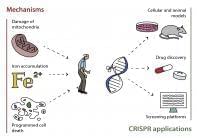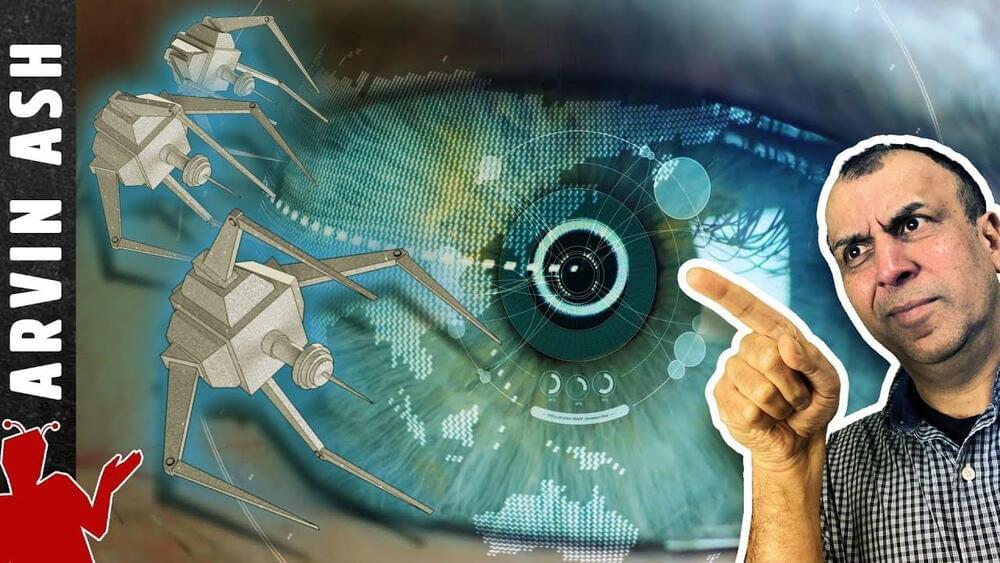Mexican biologist Ingrid Fetter-Pruneda is studying the longevity and fertility in ants in the hope of helping to develop strategies to avoid, slow down or reverse female reproductive aging in other animals or in humans.
Fetter-Pruneda, an Assistant Professor at the Universidad Nacional Autónoma de México (UNAM), says most animals show a trade-off between longevity and fertility, but one of the most striking features of ants is that the queens are simultaneously very long lived and very fertile, while the workers are short lived and sterile.
“I am trying to figure out the cellular and molecular mechanisms that allow queens to remain fertile throughout their relatively long lives,” Fetter-Pruneda says, “Many molecular pathways are conserved across many species, and new discoveries in ants could help direct research in other organisms.”









